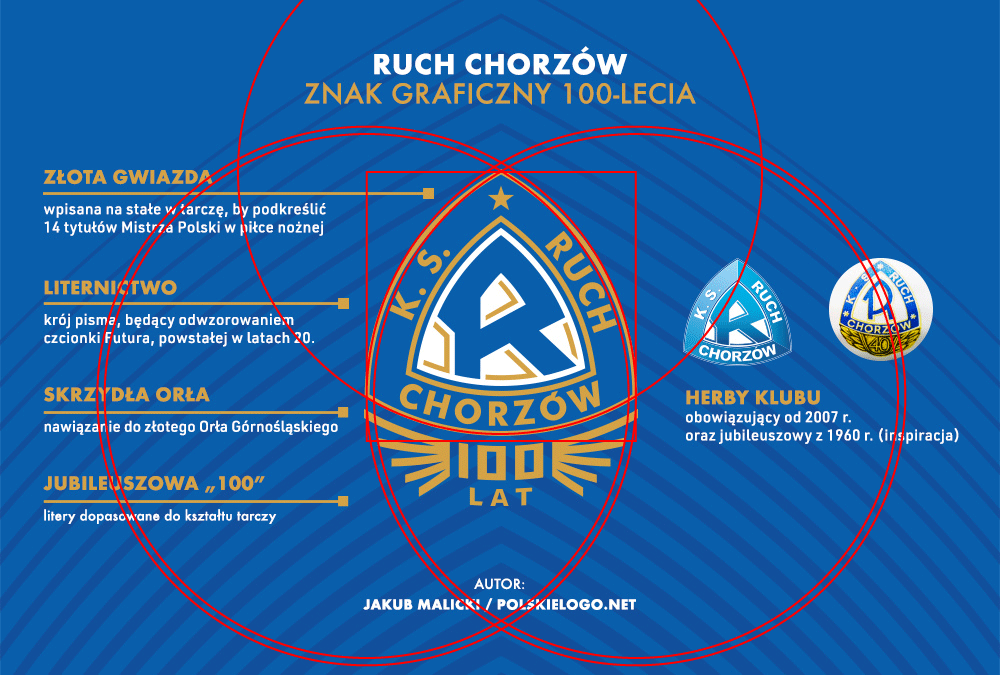Linkage
-
The evolution of mathematical word processing (\(\mathbb{M}\)). “Developments in computing over the last 30 years have not done as much as one might have thought to make writing mathematics easier.”
-
3D Wireframes in SVG, via Python (\(\mathbb{M}\), code repository). Once you generate the model, it does the rest. Its depth-ordering heuristics aren’t perfect (and will fail when the depth order is cyclic), but generally work pretty well. For example, here’s Jessen’s icosahedron in a simple partially-transparent style without fancy shading (Python code). To get it to look right I had to edit the resulting svg and manually reorder the faces.
-
Intellectual property grab at Youngstown State (\(\mathbb{M}\)). In negotiations with the faculty union, the university wants to replace the tradition of faculty holding copyright to research articles, textbooks, syllabi and lectures, etc by instead taking ownership of “all nonpatentable faculty work” as work-for-hire. They claim that they aren’t changing their policies and are merely doing this “to be consistent with the law” but this comes across as unlikely and disingenuous.
-
Lectures on lost mathematics (\(\mathbb{M}\)). In this 79-page pdf from 1975, Branko Grünbaum discusses mathematical questions studied by non-mathematicians but snubbed by pure mathematicians, including which polygons tile, the girth of infinitely-repeating cubic spatial graphs, the classification of vertex-transitive polyhedral manifolds in space, generalization of Kempe universality to surfaces, flexible polyhedra, and tensegrity.
-
A recent xkcd on river crossing puzzles particularly amused me (\(\mathbb{M}\)).

It’s too bad xkcd uses an -NC clause in its CC license; if it didn’t, we could use it or its first frame to replace the Wikipedia article’s illustration, which is undergoing a long slow deletion discussion because copied from a 1954 Soviet book. If you know something useful about the copyright status of 1954 Soviet books, please add your knowledge to that discussion.
-
Eye to eye (\(\mathbb{M}\)). Let \(C\) and \(C'\) be circles with centers outside the other circle, and draw tangent rays from each center to the other circle. These rays cut their circles in chords of equal length. But I wonder: when only one circle has its center outside the other, its chord is still well defined, but the same length can’t be a chord of the other circle because it exceeds the diameter. But it should still have a geometric meaning with respect to the other circle: what is it?
-
Lightroom App update irrecoverably loses users’ photos (\(\mathbb{M}\), via). My choice to continue using an oldish powerbook with dubiously-reliable keyboard, to avoid giving up my paid-for non-subscription Adobe apps which won’t run on newer Macs, has an unexpected benefit: my files haven’t been auto-deleted. Also, let this be a reminder to do your backups, and make sure that they include a local non-cloud backup of your files.
-
Minesweeper where forced guesses are always safe, but unforced guesses always explode (\(\mathbb{M}\)).
-
“The Scots language version of Wikipedia is legendarily bad” — turns out because it was mostly written by an American teenager (\(\mathbb{M}\), via). See the Signpost article for an update.
-
Today’s mini-episode of “not the Reuleaux triangle” (\(\mathbb{M}\)): the logo of Polish football club Ruch Chorzów, which a supporter tried to add to the Wikipedia article. Unlike many non-Reuleaux round triangles, it appears to use circular arcs, but not centered at the corners and with non-equilateral corners. The arc across the bottom is longer than the two sides, and it is wider than it is tall. Image from an article on a recent redesign of the official logo.

-
J. Siehler asks for unsolved problems in mathematics whose statements are understandable by elementary school students, other than in number theory . Examples given so far include square pegs, lost in a forest, sofa-moving, Moser’s worm, Dürer’s nets, the brick factory, and lonely runners.
-
Concerning “Mariam” Al-Asturlabiya (\(\mathbb{M}\)). A warning about how romanticizing past figures (in this case the only woman astrolabist known from the medieval Islamic world) can result in creating biographical details for them out of thin air.
-
Interactive 3d knot table (\(\mathbb{M}\)). One of many interesting visualizations on “the little grasshopper”, by Philip Rideout (author of the svg3d Python library linked above).
-
The Graph Drawing 2020 program is online (\(\mathbb{M}\)). It is September 16-18, from 8AM to noon Pacific daylight time (the time in Vancouver, where the conference was originally to be held). The format has talk videos available pre-conference, with sessions consisting of 1-minute reminders of each talk and 5 minutes of live questions per talk. Jeff Erickson and Sheelagh Carpendale will give live invited talks. It’s free but requires registration, with deadline September 10.